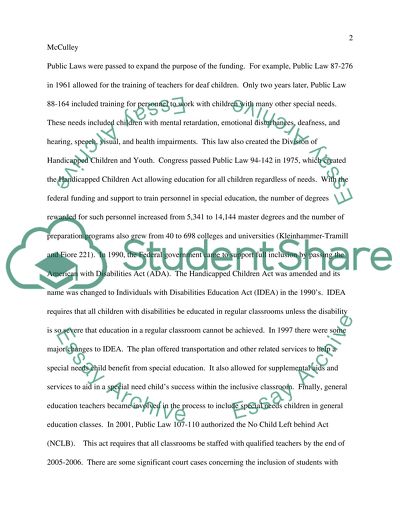Cite this document
(“The Inclusive Classroom: The Teacher's Response and a Student's Right Essay”, n.d.)
The Inclusive Classroom: The Teacher's Response and a Student's Right Essay. Retrieved from https://studentshare.org/law/1508040-the-inclusive-classroom-the-teachers-response-and-a-students-right
The Inclusive Classroom: The Teacher's Response and a Student's Right Essay. Retrieved from https://studentshare.org/law/1508040-the-inclusive-classroom-the-teachers-response-and-a-students-right
(The Inclusive Classroom: The Teacher's Response and a Student'S Right Essay)
The Inclusive Classroom: The Teacher's Response and a Student'S Right Essay. https://studentshare.org/law/1508040-the-inclusive-classroom-the-teachers-response-and-a-students-right.
The Inclusive Classroom: The Teacher's Response and a Student'S Right Essay. https://studentshare.org/law/1508040-the-inclusive-classroom-the-teachers-response-and-a-students-right.
“The Inclusive Classroom: The Teacher's Response and a Student'S Right Essay”, n.d. https://studentshare.org/law/1508040-the-inclusive-classroom-the-teachers-response-and-a-students-right.


